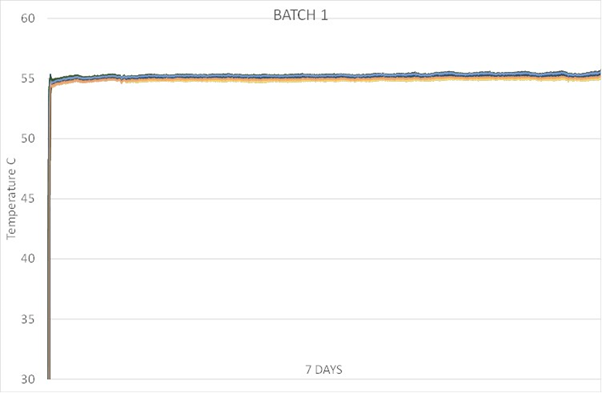Table 1 Results for Testing using QMR Reactive Ground Test and the AEISG Code of Practice
Appendix 1 – Temperature Graphs
Figure 1-Temperature graph of first 52 samples.
Figure 2 – Temperature graph of last 52 samples
Figure 3 – Temperature graph for 2 samples that contained 2.46% and >10% reactive sulphide (A reaction was inhibited by coal contained in both samples)
APPENDIX 2 – SMALL TEMPERATURE ISOTHERM ON HEATING
Figure 4 - Temperature Graph of sample 5097-RG-006 showing small isotherm on heating
Figure 5 - Temperature Graph of sample 5097-RG-006 retest showing a smaller isotherm on heating
QMR Reactive Ground Test
Figure 6 - Bubbling of solution of sample 5097-RG-006 indicating carbonates.
Figure 7 - Sample 5097-RG-006 under QMR Reactive Ground Test
Figure 8 - Screen dump of QMR Reactive Ground Test Program sample 5097-RG-006 test showing a rise in temperature due to a reaction with sulphide and nitrates
Figure 9 - QMR Reactive Ground Test Result File for sample 5097-RG-006
Testing as per the AEISG Code of Practice
Figure 10 – Sample 5097-RG-006 mixed with ammonium nitrate and acidic weathering agent and tested a pH of 4 before being placed in the reaction tube.
Figure 11 - Sample 5097-RG-006 mixture just placed in oil bath at 55°C.
Figure 12 - Sample 5097-RG-006 mixture had a pH of 7 after AEISG test due to carbonates.














